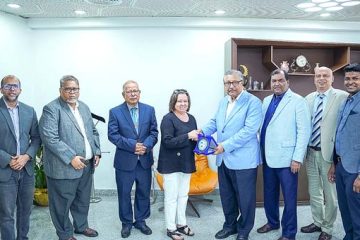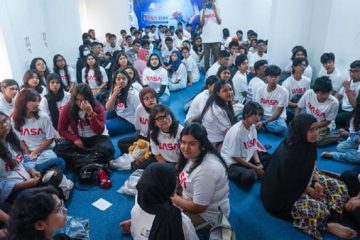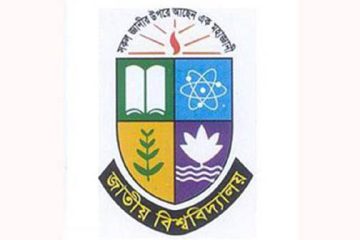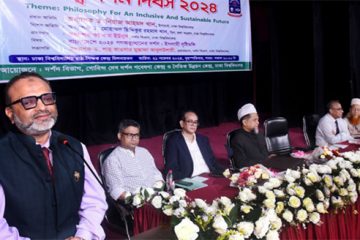The International Finance Corporation (IFC) has expressed its willingness to provide US$ 1 billion for the development of the country’s power sector.
A high-powered IFC team, on Wednesday, gave the assurance to Bangladesh, at a meeting with energy adviser Dr Tawfiq-e-Elahi Chowdhury, at Bidyut Bhaban. “The IFC team assured us that they want to support Bangladesh’s power sector, by helping in the installation of a tri-nation power grid line, transmission lines, IPP projects, and LNG terminal,” Dr Chowdhury told reporters, following the meeting. “The IFC team told us that the issue will be discussed in its board meeting on March 2014,” he added.
The ERD secretary, power secretary, and senior officials were present in the meeting.
According to sources present at the meeting, the government is planning to set up an LNG terminal and has kicked off a feasibility study in four areas of the country.
“To start a detailed feasibility study, a high-level technical team has been working in different parts of Chittagong district, for the last one year. The team is expected to submit its report soon,” the adviser said.
According to him, IFC has also shown interest to invest in 350-megawatt Bibiyana-11, 108-megawatt Kodda, 195-megawatt Ashuganj, and 170-megawatt Meghnaghat IPP projects.
“To serve the nation, our government is set to explore the opportunity to tap cheap energy resources in India, Nepal, Bhutan and Myanmar,” Dr Chowdhury said.
“Bangladesh wants a corridor from India, to tap the energy potential of Nepal and Bhutan, however, India agreed,” the energy adviser said.
He said that the Indian government is planning to get an electricity corridor through Bangladesh to transmit power generated in India’s Arunachal Pradesh state, which has rich potentials for hydro electricity generation. India will need multiple high-capacity transmission lines (each with 6,000-7,000 megawatt capacity) to tap the hydel power generated in Arunachal Pradesh.
According to a research report, reservoirs in Nepal have the potential to generate up to 83,000 megawatts of electricity.
The hydro-power produced in that country can easily be transmitted to Bangladesh using the Indian power distribution network that is already connected with Nepal, which is about 12 kilometres off Bangladesh’s border in the northern fringe, power division officials said.
A study by the Bhutan government shows the kingdom’s hydro-power potential is 30,000 megawatt, of which 23,760 megawatts is technically feasible. A reservoir will be constructed in the upstream of the Brahmaputra in Bhutan, to produce hydro-power, which can also be transmitted to Bangladesh over the Indian territory.
-With The Independent input




















